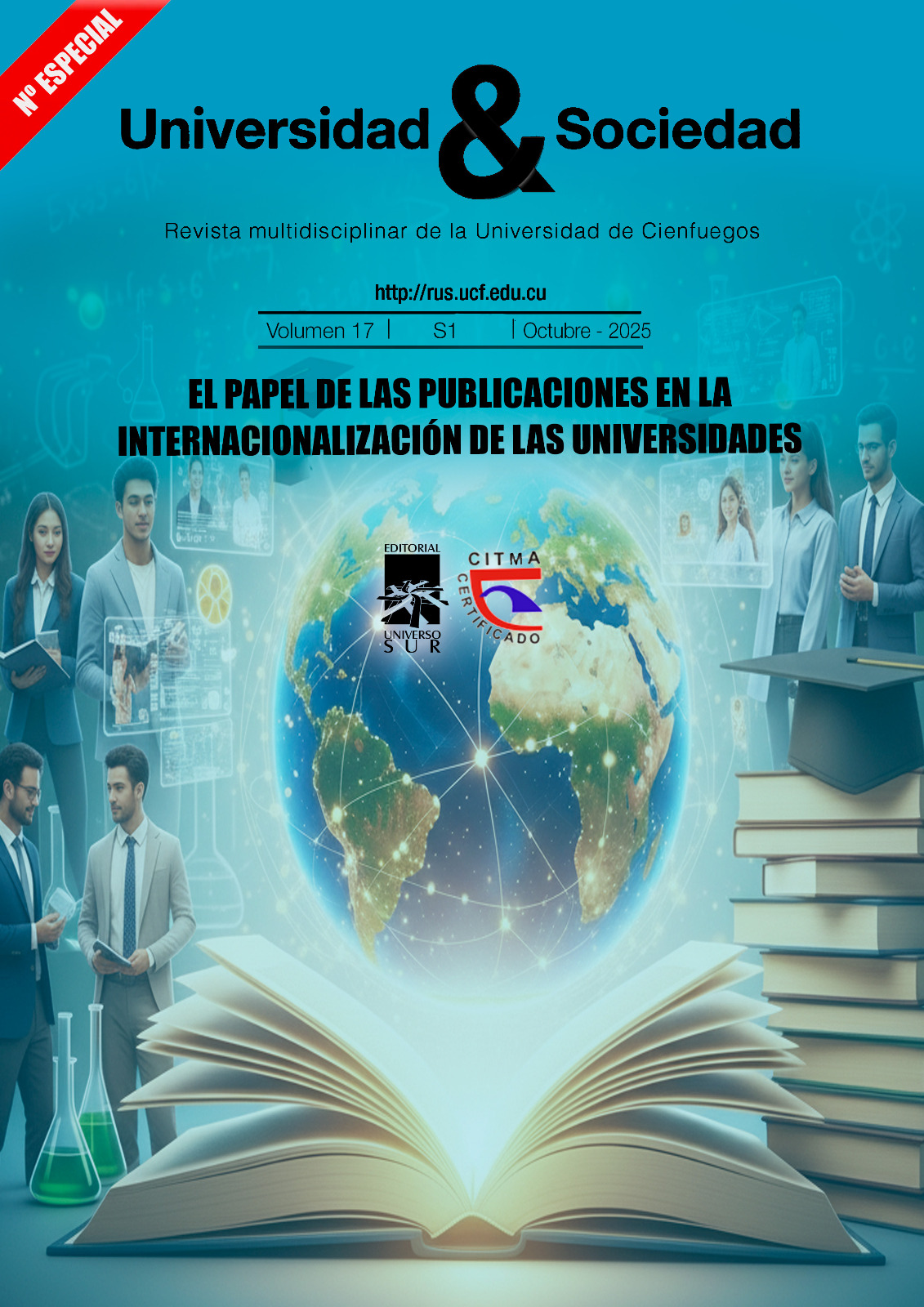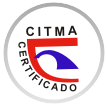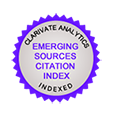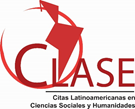The Methodology of Play and Work in the emotional development of children aged 4 to 5 years
Keywords:
Methodology, Play-work, Emotional development, Early childhood educationAbstract
This paper, titled "Play-Work Methodology as a Pedagogical Strategy for the Emotional Development of 4- to 5-Year-Old Children," examines how this methodology positively influences the emotional skills of infants in early childhood education. Play is internationally recognized by UNICEF and UNESCO as a key pedagogical tool for children’s holistic socio-emotional development, facilitating socialization, emotional regulation, and positive coexistence practices. The justification highlights that, despite its relevance, children are playing less and less due to a lack of spaces, technology, and school workload, affecting their emotional development. The methodology employed is a systematic review under the PRISMA protocol, which used the PICO strategy to answer crucial questions about the types of games applied, their influence on emotional regulation, and the available scientific evidence. A rigorous search was conducted in international and regional databases, selecting 40 articles published between 2020 and 2025 to ensure currency and scientific validity. The overall objective was to analyze how the play-work methodology as a pedagogical strategy fosters emotional development in 4- to 5-year-old children. The results show that motor, symbolic, cooperative, and role-playing games promote emotional expression, understanding, and self-regulation, improving self-esteem, empathy, and social skills, in contrast to children who do not participate, who exhibit greater socio-emotional difficulties.
Downloads
Published
How to Cite
Issue
Section
License
Copyright (c) 2025 Editorial "Universo Sur"

This work is licensed under a Creative Commons Attribution-NonCommercial-NoDerivatives 4.0 International License.
La editorial "Universo Sur", de la Universidad de Cienfuegos, publica el contenido de la Revista "Universidad y Sociedad" bajo una Licencia Creative Commons Atribución-NoComercial-SinDerivar 4.0 Internacional.
© Podrá reproducirse, de forma parcial o total, el contenido de esta publicación, siempre que se haga de forma literal y se mencione la fuente.










